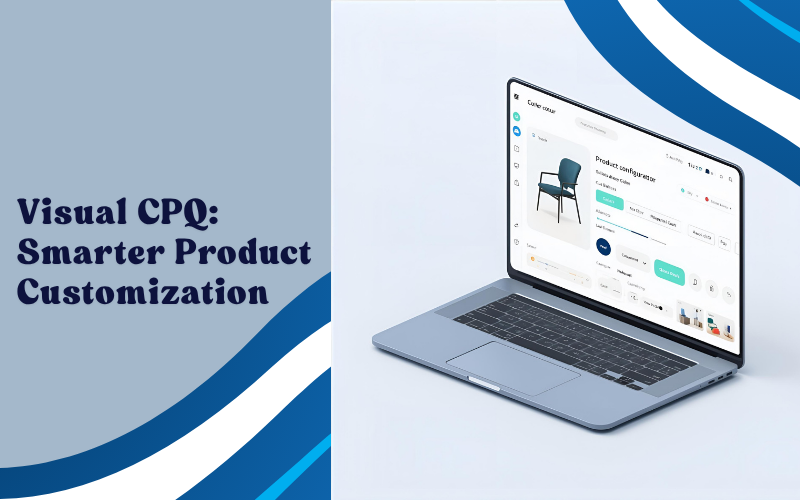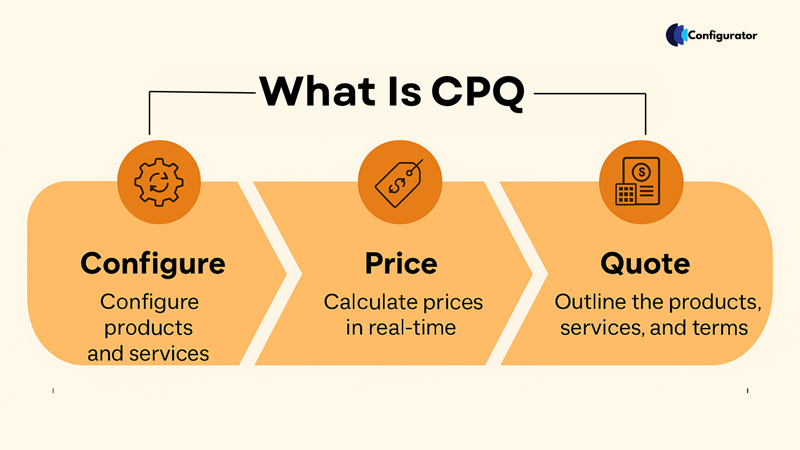Keep WordPress and all associated plugins and themes up-to-date.
Keeping WordPress and all associated plugins and themes up-to-date is essential for keeping your website secure and functioning properly. Updating WordPress, plugins, and themes to their latest versions ensures that any security issues or compatibility issues are fixed, and that your website is running the best possible version of WordPress. Additionally, updating regularly ensures that you’re taking advantage of the latest features and bug fixes that come with the new versions. You can check out some credible plugins with real and updated web shops.
Use a strong password for your WordPress admin account.
It is of utmost importance to use a strong password for your WordPress admin account. Passwords should be at least 8 characters long and should contain a combination of letters, numbers, and special characters to make them difficult to guess. Additionally, avoid using common words or phrases, as they can be easily cracked. It is also a good idea to change your password on a regular basis to keep your account secure. Finally, make sure to use a unique password for each login, as this will make it much harder for hackers to access your account. By taking these simple steps, you can protect your WordPress account from malicious attacks.
Use a security plugin like Wordfence or Sucuri to scan for malware and vulnerabilities.
Wordfence and Sucuri are two of the most popular security plugins available for WordPress. Both plugins offer a wide range of security features, including malware and vulnerability scanning, firewall protection, and file integrity monitoring. With Wordfence, you can scan for malware and vulnerabilities, monitor live traffic, block malicious requests, and monitor user logins. With Sucuri, you can detect and block malicious code, block malicious IP addresses, and monitor for suspicious activities. Both plugins also provide you with notifications and alerts when suspicious activity is detected, so you can take appropriate action. By using a security plugin like Wordfence or Sucuri, you can help protect your WordPress account from malicious attacks.
Use a trusted web hosting provider.
When choosing a web hosting provider, it is important to choose one that you can trust. A trusted web hosting provider will be reliable, secure, and provide excellent customer service. They will have a good reputation, and they will have a proven track record of providing quality services. Furthermore, they should have good technical support, so that if you ever run into any issues with your website, you can get help right away. Lastly, they should also offer competitive pricing, so you can get the most out of your web hosting experience.
Use a secure connection (SSL/HTTPS) for your WordPress site.
Using a secure connection (SSL/HTTPS) for your WordPress site is important for keeping your website safe and secure. HTTPS provides an encrypted connection between the server and the user, ensuring that all data that is sent and received is encrypted. This means that any hackers or malicious actors will not be able to access the information being sent. Additionally, having a secure connection for your WordPress site will help boost your search engine rankings and improve user experience. With all of the benefits that come with using a secure connection, there is no reason not to use one for your WordPress site.
Regularly backup your WordPress site.
Backing up your WordPress site is an essential part of keeping your website secure. Regularly backing up your site ensures that all of your website data and content remains safe, even if an unexpected disaster or virus attack should occur. Backing up your WordPress site should be done daily or weekly, depending on the size of your website and the amount of traffic it receives. It’s important to back up your entire WordPress site, including the database, files, and plugins. This will give you a complete backup of your website, which you can use to restore your website quickly and easily if something goes wrong. With a regular backup of your WordPress site, you’ll be able to keep your website running smoothly, even in the event of an unexpected disaster.
Restrict access to important files by using the correct file permissions.
It is important to restrict access to important files by using the correct file permissions. This ensures that only those with the correct permissions can view, edit, or delete the files. File permissions can be set to include read, write, and execute access, which allow users to view, edit, and run the file, respectively. Users without the correct permissions should be denied access in order to ensure the security and integrity of the file. File permissions can be set manually or automatically using a permission management system such as Access Control Lists. This system can be used to set different permission levels for different users and groups, ensuring that only those with the appropriate privileges can access the file.
Disable PHP file editing in the WordPress Dashboard.
To ensure maximum security of your WordPress website, it is highly recommended to disable PHP file editing in the WordPress Dashboard. This can be done by adding a line of code to your wp-config.php file. The line of code will be “define(‘DISALLOW_FILE_EDIT’, true);”. Once that is added, no user will be able to access the editor from within the WordPress Dashboard, nor will they be able to make any changes to any of your PHP files. This is an important step to take in order to protect your WordPress website from potential malicious content and hacker attacks.
Disable XML RPC in WordPress.
WordPress XML-RPC is a feature that allows remote access to the WordPress application. It can be used to access and manage a WordPress blog remotely from another computer. Unfortunately, this feature can also be used by malicious actors to gain access to your WordPress site, which can lead to data loss or damage. To protect your site, it is important to disable WordPress XML-RPC. This can be done by logging into your WordPress dashboard and navigating to Settings > Writing. Once there, simply uncheck the “Enable the XML-RPC protocol” checkbox and save the changes. You can also use a security plugin to further protect your site from malicious actors. By disabling WordPress XML-RPC, you can help ensure your site’s safety and security.
Take extra care with user accounts and roles.
It is important to take extra care when creating and managing user accounts and roles. Access to any system should be granted to only those individuals who have a legitimate need to access the system. User accounts should have appropriate levels of access that are in line with their roles and responsibilities. Additionally, user accounts should be monitored and updated regularly to ensure that unauthorized access is prevented and that users have the most up-to-date information and access. Furthermore, user accounts should be removed when no longer needed and passwords should be regularly changed to ensure the security of the system.





